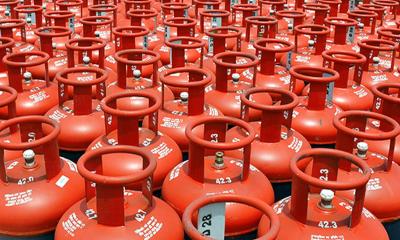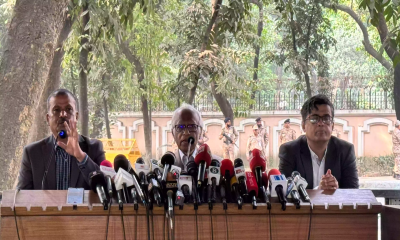Japan’s space agency, JAXA, has successfully launched its next-generation H3 rocket, sending a new unmanned cargo spacecraft on its first mission to resupply the International Space Station (ISS).
The HTV-X1, Japan’s upgraded supply ship, lifted off aboard the No. 7 H3 rocket from the Tanegashima Space Center in southern Japan on Sunday. According to JAXA, the spacecraft separated smoothly from the rocket and entered its planned orbit shortly after launch.
If all goes as scheduled, the HTV-X1 will arrive at the ISS within the next few days. Japanese astronaut Kimiya Yui, currently aboard the orbiting station, is set to capture the vessel with the station’s robotic arm early Thursday.
The HTV-X replaces JAXA’s earlier H-II Transfer Vehicle—nicknamed Kounotori (Japanese for “stork”)—which successfully completed nine supply missions between 2009 and 2020.
Featuring expanded cargo capacity and onboard power generation, the new craft can safely transport delicate materials such as cell cultures requiring refrigeration. Once docked, it can remain attached to the ISS for up to six months to deliver cargo and retrieve waste. After undocking, it will continue performing experimental missions in orbit for about three more months.
The H3 rocket, which now serves as Japan’s primary launch vehicle, succeeded the long-serving H-2A following its final flight in June. Designed for greater cost efficiency and competitiveness in the global space market, the H3 has now achieved six consecutive successful launches.
Japan views the H3’s reliability and affordability as crucial to advancing its national space ambitions and strengthening its security and commercial presence in the fast-growing space industry.


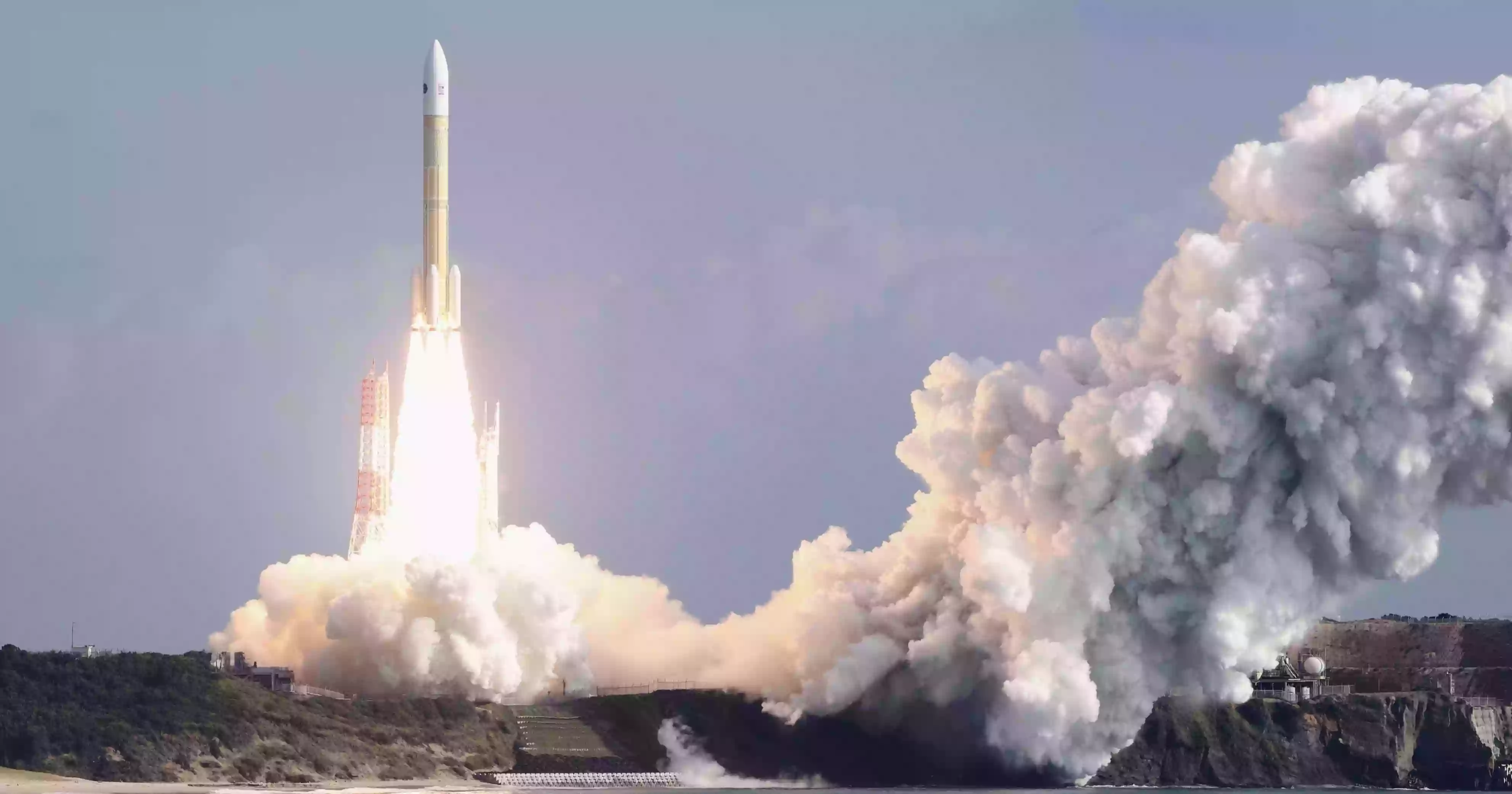


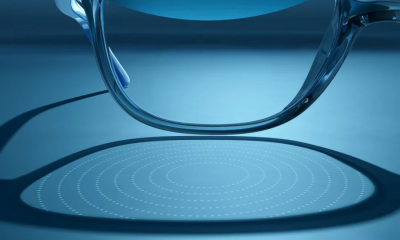



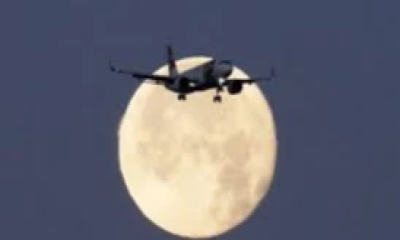

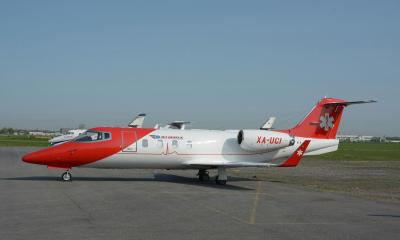


-20251206083331.jpeg)

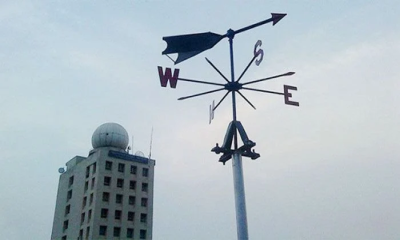
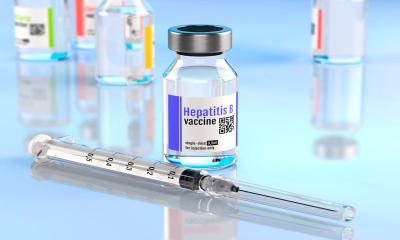



-20251205185652.webp)


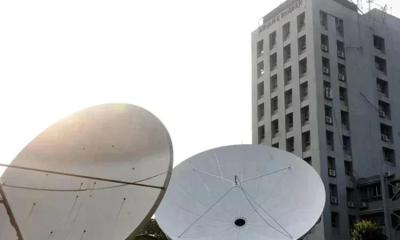

-(25)-20251122062715-20251202031751.jpeg)

-(25)-20251122062715-20251204041734.jpeg)



